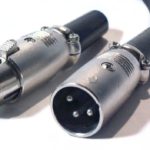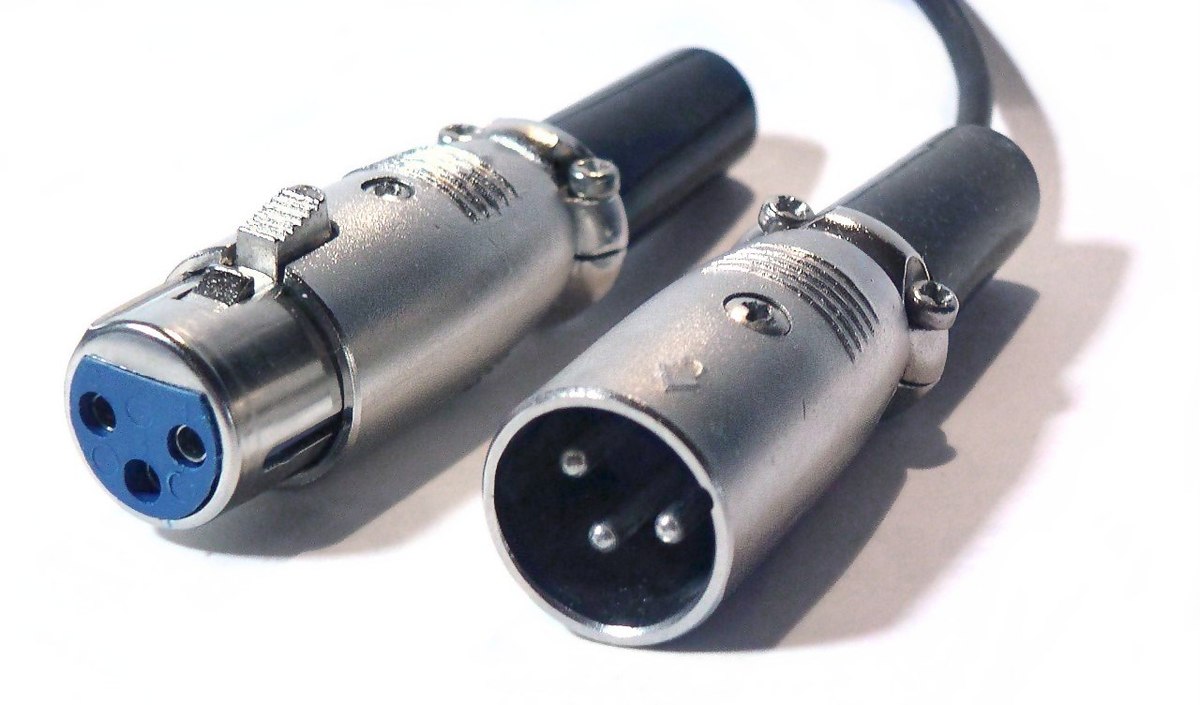I’m joined today by a blast from the past – Michelle O’Dell, whom I worked with in Burlington Vermont from 2007-2011. She’s beginning on the path I set out on a little while back – moving from radio to podcasting. We talk about the transition, how other radio folks can do it, and we reminisce a little bit about our time at WXXX-FM – 95 Triple X.
Blog
From Radio to Podcasting with Michelle ODell
I’m joined today by a blast from the past – Michelle O’Dell, whom I worked with in Burlington Vermont from 2007-2011. She’s beginning on the path I set out on a little while back – moving from radio to podcasting. We talk about the transition, how other radio folks can do it, and we reminisce a little bit about our time at WXXX-FM – 95 Triple X.
From Radio to Podcasting with Michelle ODell
I’m joined today by a blast from the past – Michelle O’Dell, whom I worked with in Burlington Vermont from 2007-2011. She’s beginning on the path I set out on a little while back – moving from radio to podcasting. We talk about the transition, how other radio folks can do it, and we reminisce a little bit about our time at WXXX-FM – 95 Triple X.
Broadcasting From Home
Broadcasting from home – anchors and reporters from the local news to network broadcasts are doing it every night. We live in the “new normal” thanks to COVID-19. Nothing looks like it did a month ago. In many cases, our world doesn’t sound like it does a month ago either.
I have a number of friends who work in television news. I respect and admire the difficult, often life threatening work they are doing. This is not a critique in any way. But I wanted to put together some ideas to help make everyone sound a little better when broadcasting from home. Yes, I realize that our audience is much more concerned with getting important life-saving information than the quality of the audio. But it appears we will be living in this world for another month or two. Broadcasting from home is becoming less “temporary.” I’m hoping to share some ideas.
The Equipment/Microphones:
Here is a list of ways to create audio, in order of best to worst quality. Exceptions and intricacies do exist, but these are general guidelines.

-
- Microphones with an XLR connection (pictured)
- Microphones with a USB connection
- Corded iPhone headphones
- Bluetooth headphones (like AirPods)
- Speakerphone
- Built in laptop microphones (these are the WORST – because they often pick up all the room noise, as opposed to just your voice).
Here’s an example in quality difference. First, listen to Green Day’s Billie Joe Armstrong from the iHeartRadio Living Room Concert for America on Fox last night:
Now, hear Tim McGraw, sitting on a diving board, singing into regular old iPhone headphones. Not only will you notice a difference in quality between the singers; you’ll also notice the difference between Tim and the rest of his band.
Granted, Billie is using a Shure SM7B microphone, which retails for $400 and can be found in many radio station studios (as well as my home studio). But I’m not suggesting every reporter in the world go drop $400 in an uncertain economy.
If you want to hold a microphone in front of your camera or webcam, and are looking for an easy USB microphone, the Samson Q2U is the mic that I send to most of my remote podcast clients, and it sounds great. It also comes with a small stand, if you prefer to use it that way.
Many reporters are used to having a clip on, or lav mic. If that’s the case, it most likely has an XLR connection. To get from XLR to the USB port in your computer, you’ll need a converter. Several of my clients have had good experiences with the Focusrite Scarlett Interface. For minimal investment on your part or your station’s, you’ll sound so much better. (Plus, you’ll sound great if you want to start a podcast!)
The Room:
Sound waves love to bounce off of hard, flat, nonporous surfaces. However, they will generally be absorbed by a softer, more forgiving environment. I realize, in television, it’s important to get the shot to “look” good. It’s not an issue we have in podcasting. That said, here are some things to consider.
A glass window or a metal desk/filing cabinet near you will often “reflect” the sound waves back to you. And a room with hard ceilings will likely cause echo or reverb. For this reason, kitchens and bathrooms are often the worst rooms in a home for podcasters. Bedrooms and living rooms are better. Blankets, pillows, and couches often “dampen” sound reflections as well as expensive padding, without the cost. (I’ve even heard of voice-over artists who have built pillow forts and crawled under the sheets in hotel rooms while traveling). Many podcasters record in their closets, where all of the hanging clothes absorb sound as well.
Again, I realize for television, you need to look good in the shot. But when possible, avoid those hard flat surfaces. And with a good microphone, even one attached to your soft, sound absorbent tie or shirt, your viewers ears will thank you. Broadcasting from home is the “new normal.” If it’s going to be here for awhile, let’s make it sound better.
Google Podcasts Finally Comes to iOS
A quick recap of what’s happened in podcasting this week.
The big news: Google Podcasts is finally available on iPhone and iPad iOS operating systems. It appears the podcast rush in this time of “social distancing” may have finally lit a fire under Google, which has been lagging behind in the space. However, there may be some hiccups, as James Cridland explains in Thursday’s issue of Podnews – a daily newsletter and podcast that you should subscribe to if you have any interest in podcasting.
As we explore the effects of COVID-19 on podcasting, it appears that some advertisers are increasing their spend, and some are decreasing it. For example, VPN providers, household products, and alcohol advertising is up. Not surprisingly, travel, live entertainment, and gambling is down. You can read more in this piece from Medium.
With regard to podcasts themselves- news and health related podcasts (especially the recent surge in Coronavirus-related shows) are of course up. However, before you produce a COVID-19 episode, remember this rule: content is king. Think about how many emails you’ve received this month on the topic – no doubt from every brand that has you on a subscription list. The note from Doordash about contact-less delivery? That’s helpful. The note from the Michigan lottery about social distancing? Meh, not so much. Give your audience information about what you’re doing for them – parroting information from the government about social distancing and staying at home won’t offer anything of value. And it may result in you landing in the wasteland of “Unsubscribers.”
Easy-to-use podcasting host Anchor announced this week that you can now record a show with up to 4 people. I have mixed feelings about Anchor. Their hosting is free, but as with all things, nothing is really free. There’s a lack of clarity about privacy and who owns your content. If you want to get your feet wet in podcasting with minimal financial commitment, sure, give them a try. But if you want to be serious about a show, including getting real analytics, I recommend a platform like Simplecast (disclaimer: I’m a referral partner) or Libsyn.
Finally, I did a bonus episode this week about recording remotely. With that in mind, here’s a great article from The Podcast Host about the same, in even more detail.

